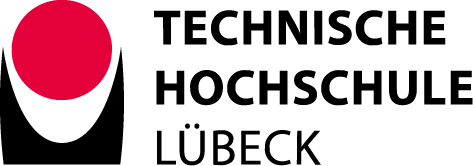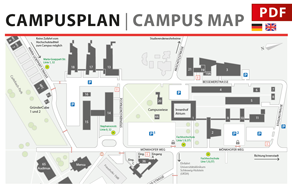Dieses CoSA-Seminar findet am 24.01.2022 um 14:30 Uhrals Webkonferenz über BBB Greenlight: CoSA - Seminar statt.
Die Webkonferenz wird ab ca. 14:15 Uhr für die Teilnehmer freigeschaltet.
Wir haben folgende Vorträge geplant:
- Sven Ole Schmidt: Evaluation of 3-dimensional Electrical Impedance Tomography-Arrays for Underwater Object Detection
- Fabian John: Spectral Ultrasonic Underwater Buried Object Detection and Localization
Die Vorträge dauern ca. 15 Minuten mit anschließend 10 Minuten Diskussion. Wir freuen uns auf eine rege und aktive Teilnahme.
Die Seminare sind auch auf cosa.th-luebeck.de zu finden. Wenn Sie auch einmal einen Vortrag anbieten möchten, kontaktieren Sie uns gerne (fabian.john(at)th-luebeck.de).
Sven Ole Schmidt: Evaluation of 3-dimensional Electrical Impedance Tomography-Arrays for Underwater Object Detection
Underwater detection and localization infrastructure has gained more importance in the recent years. Buried objects like high-voltage power transmission cables need to be localized reliably. For successful localization, the detection of such objects is indispensable. The Electrical Impedance Tomography (EIT) is an imaging method, which generates an artificial current flow to detect the environment in a certain area around the EIT electrode-array. The 3-dimensional design of this array is not yet investigated for underwater detection of metallic objects. It is an open issue whether and to what extent the design influences detection. In this work, we analyze multiple EIT-array designs and evaluate their detection capability. For this, we introduce and investigate four 2- and 3-dimensional EIT-array designs. We model these designs and evaluate the measurable electrical potentials. We state, that the closer electrodes of the array are to an detectable object, the higher is the detection capability of the whole system. We also found out, that current flows in parallel to parts of the EIT-array do decrease the detection capability. In the future, we want to focus on prototyping our EIT detection system based on these results and test the detection capability in a real outdoor environment afterwards.
Fabian John: Spectral Ultrasonic Underwater Buried Object Detection and Localization
Acoustic object detection in underwater applications, such as the detection of unexploded ordnances (UXO), is challenging, especially at shallow burial depths or in the presence of other reflections. Therefore, acoustic detection is performed with very short temporal and spectrally very broadband pulses. The received signal strength is measured and displayed over time (time of flight). However, this method cannot detect closely spaced reflections because the pulses overlap in the time domain. In this work, we present spectral signal processing that allows the detection and localization of known object geometries in the presence of interfering reflections. We extend our underwater ultrasound propagation model in this work to include a sediment layer. We apply spectral fingerprinting to detect a known object geometry and localize it in a second step. We evaluate the performance with measurements in a laboratory experiment with an object with varying burial depths and on sediment.

